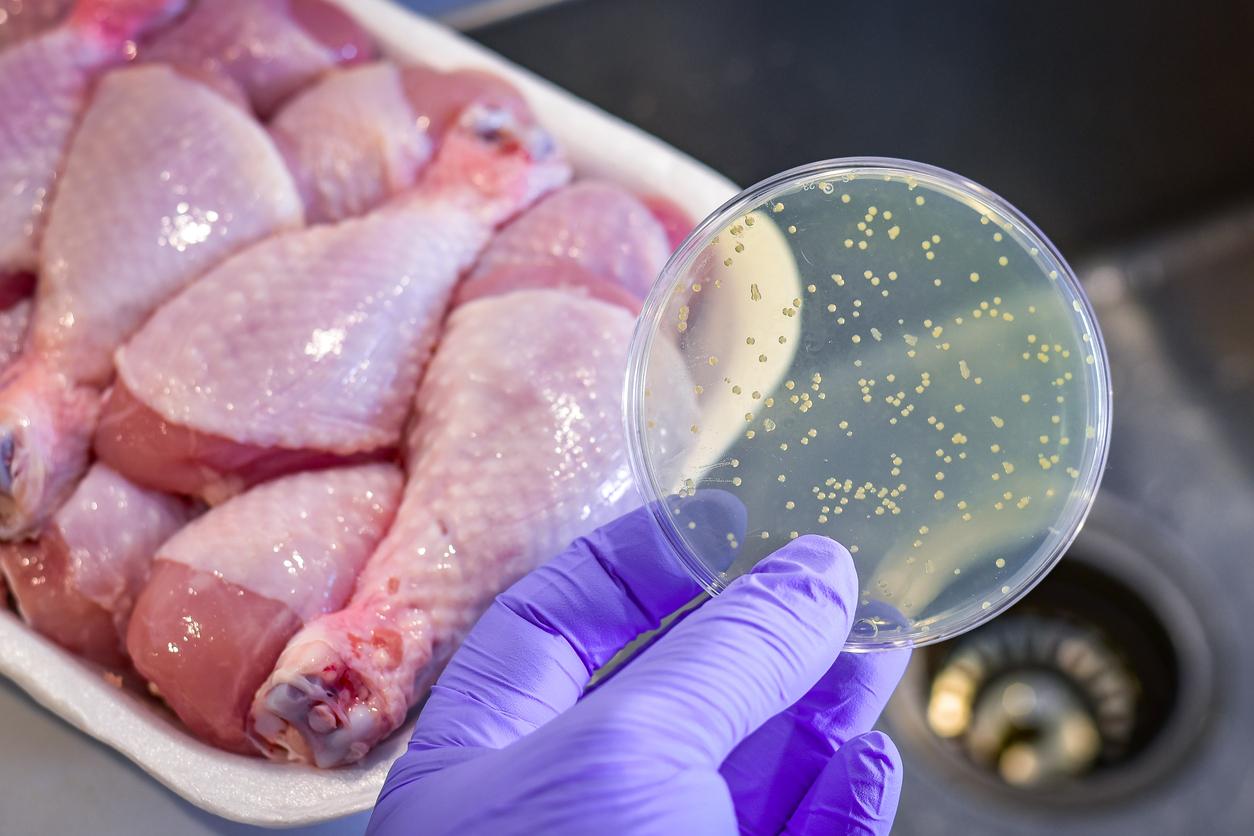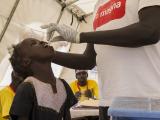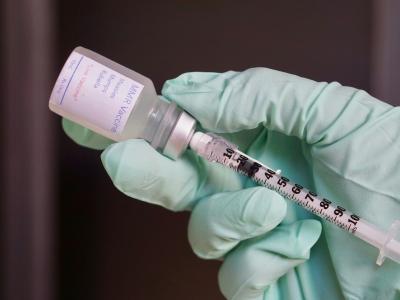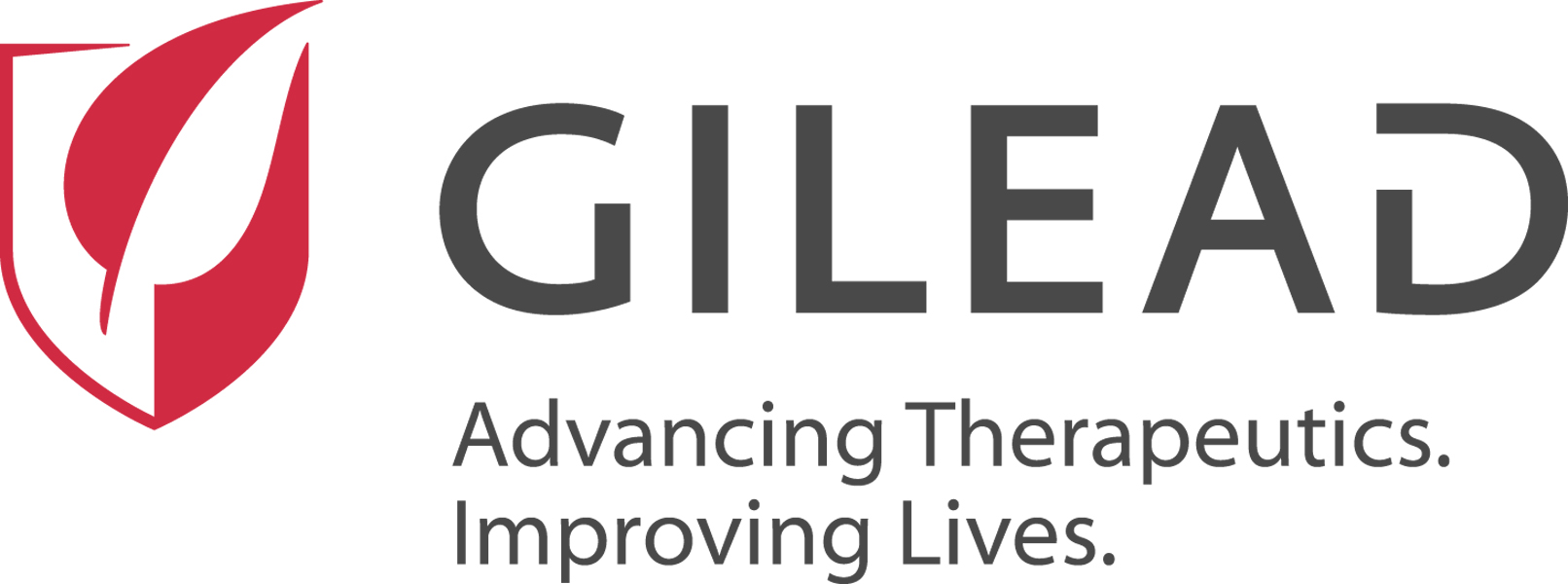The Centers for Disease Control and Prevention (CDC) has scaled back a federal-state surveillance program for foodborne pathogens.
As of July 1, the CDC's Foodborne Diseases Active Surveillance Network (FoodNet), which works with the Food and Drug Administration, the US Department of Agriculture, and 10 state health departments to track infections commonly transmitted through food, has reduced required surveillance to two pathogens: Salmonella and Shiga toxin–producing Escherichia coli (STEC). Reporting of illnesses caused by Campylobacter, Cyclospora, Listeria, Shigella, Vibrio, and Yersinia is now optional, according to the Department of Health and Human Services (HHS).
The story was first reported by NBC News, which cited a set of CDC talking points that suggested reduced federal funding for FoodNet was the reason for the move.
The network includes Colorado, Connecticut, Georgia, Maryland, Minnesota, New Mexico, Oregon, Tennessee, and select counties in California and New York. A spokesperson for the Minnesota Department of Health told CIDRAP News that all eight pathogens are covered by the state's infectious disease reporting rule, which means that all providers in the state are still required to report cases to the department.
The Maryland Health Department told NBC News that it will also continue tracking all eight pathogens regardless of the changes to FoodNet. But Colorado health officials said they may have to cut back on surveillance activities.
In response to a query from CIDRAP News, an HHS spokesperson said in an email that FoodNet is focusing on Salmonella and STEC because they are among the top five contributors to foodborne illnesses and related hospitalizations and deaths in the United States. The official added that the CDC has different surveillance systems that track infections caused by the other pathogens, and that narrowing FoodNet's reporting requirements will allow FoodNet staff to prioritize core activities.
Active, population-based surveillance
FoodNet has been around since 1995 and was created in the wake of the 1992-93 E coli O157:H7 outbreak linked to Jack-in-the-Box hamburgers. According to Craig Hedberg, PhD, a professor in the Division of Environmental Health Sciences at the University of Minnesota and codirector of the Minnesota Integrated Food Safety Center of Excellence, it was built using the CDC's Emerging Infections Program (EIP) sites, which conducts population-based surveillance for a range of infectious diseases.
"The idea was to perform active surveillance for seven foodborne pathogens that would be commonly diagnosed by clinical laboratories that served the populations in the FoodNet site catchment areas," Hedberg explained, with FoodNet auditing the labs to ensure that all diagnosed illnesses caused by the pathogens were reported. (An eighth pathogen, Cyclospora, was added in 1997).
Food poisoning is a common cause of illness in the United States. According to the CDC, which bases its estimates on FoodNet surveillance, 48 million American get sick from a foodborne illness each year. Although most people recover from foodborne disease without requiring medical attention, 128,000 are hospitalized annually, and 3,000 die.
While Salmonella and STEC are leading causes of foodborne illness in the United States, Campylobacter and Listeria monocytogenes are also common culprits. According to the CDC, 1.5 million Americans are sickened by Campylobacter each year, while Listeria is the third leading cause of death from foodborne illness.
The disturbing thing about cutting FoodNet funds is that it normalizes the idea that foodborne disease surveillance is expensive and unimportant....In fact, it is the foundation of our food safety system, and needs further investments, not restrictions.
A 2024 outbreak of listeriosis linked to Boar's Head deli meat sickened at least 61 people in 19 states and was suspected in 10 deaths. A more recent Listeria outbreak tied to packaged, pre-cooked meals has caused 17 illnesses and 3 deaths.
"It is especially heartbreaking to know that Listeria is one of the pathogens that will not be tracked through FoodNet," said public health and veterinary consultant Gail Hansen, DVM, MPH.
Even though states can continue to monitor for infections caused by all eight pathogens, Hansen said she's concerned that reduced FoodNet surveillance could hamper the ability to catch and notify the public about foodborne disease outbreaks before they spread.
"The beauty of FoodNet was that it collected and coordinated information from all the states about germs that make us sick and quickly communicated it to everyone," she said. "Despite what the current HHS administration believes, ignoring a problem doesn't make it go away. States do not have the ability to coordinate information and data across states, and this cut will bring us back to a time before FoodNet."
Foundation of the food safety system
Hedberg noted that other CDC programs, like PulseNet, FoodCORE, and the Integrated Food Safety Centers of Excellence, are more actively focused on foodborne outbreak detection and investigation. But he warned that a loss of funding for these programs "would devastate our capacity to investigate outbreaks."
Furthermore, Hedberg worries about the signal being sent by scaling back FoodNet surveillance efforts.
"The disturbing thing about cutting FoodNet funds is that it normalizes the idea that foodborne disease surveillance is expensive and unimportant," he said. "In fact, it is the foundation of our food safety system, and needs further investments, not restrictions."

















